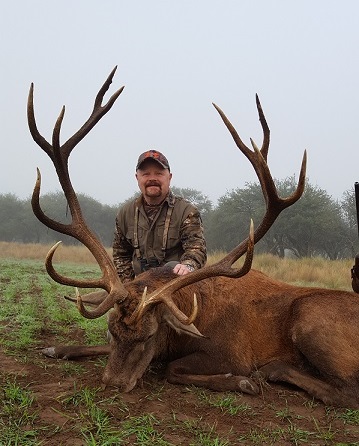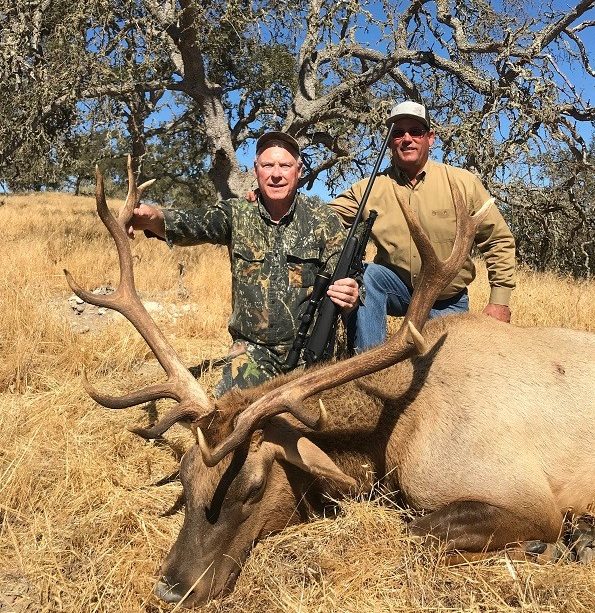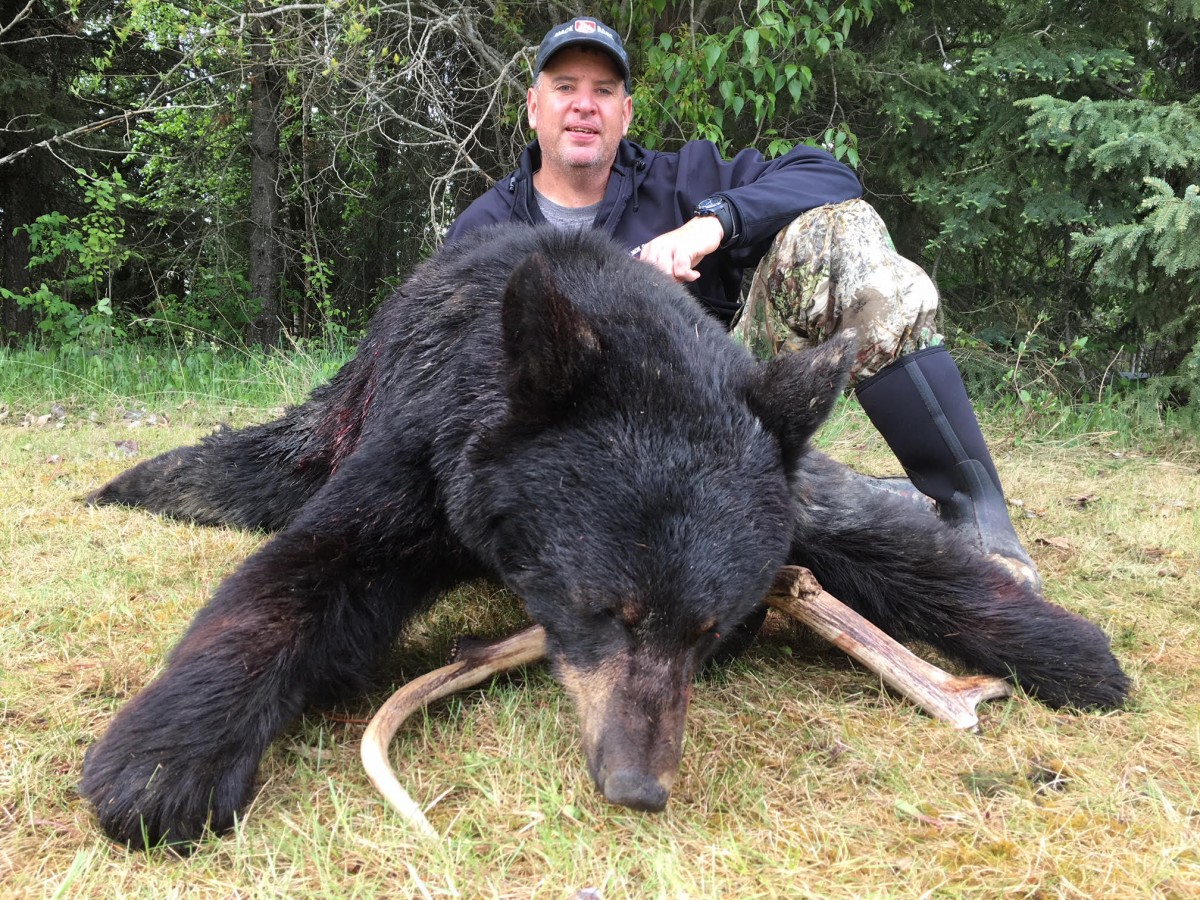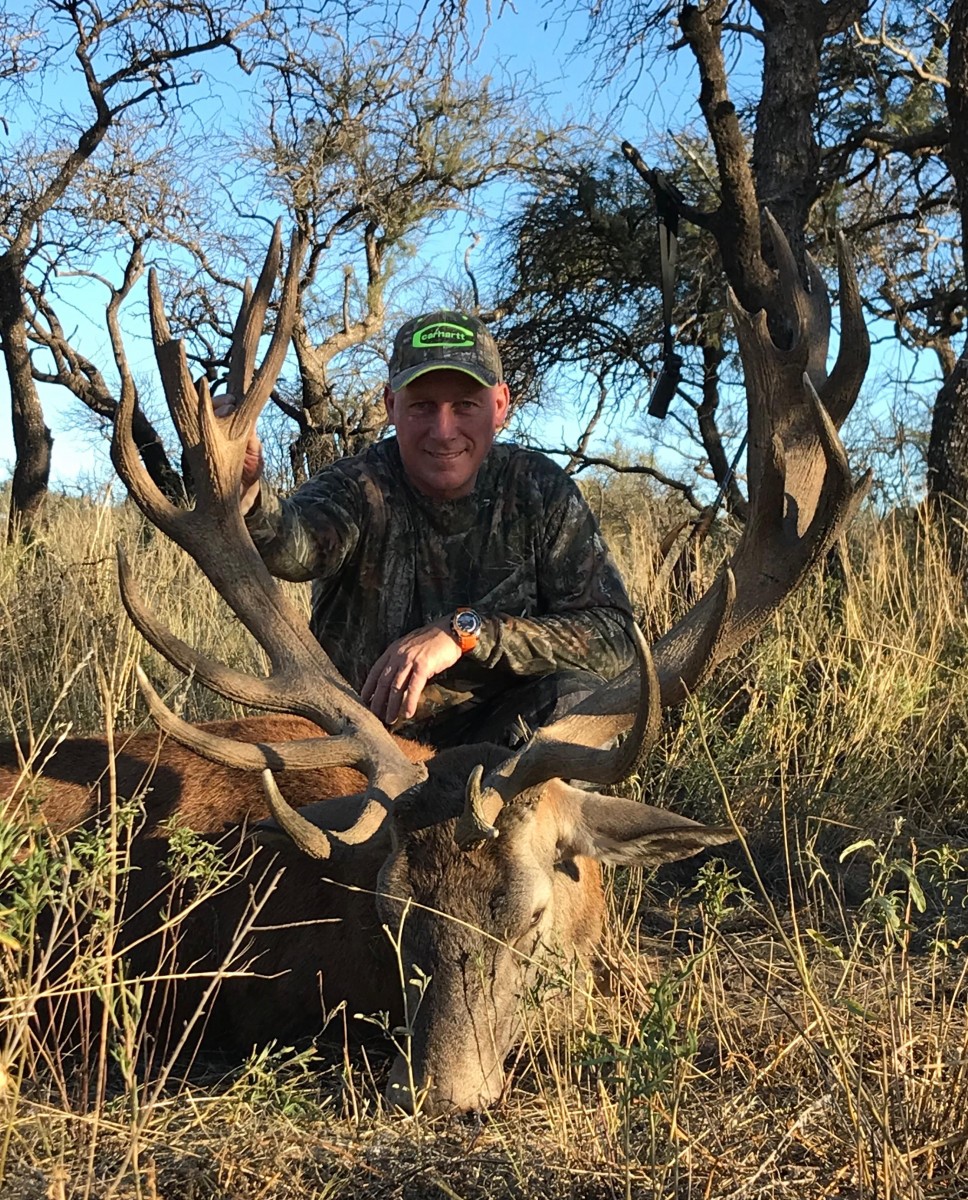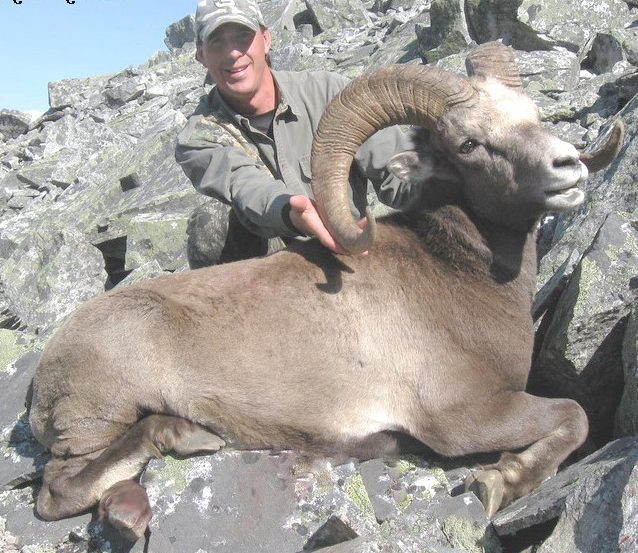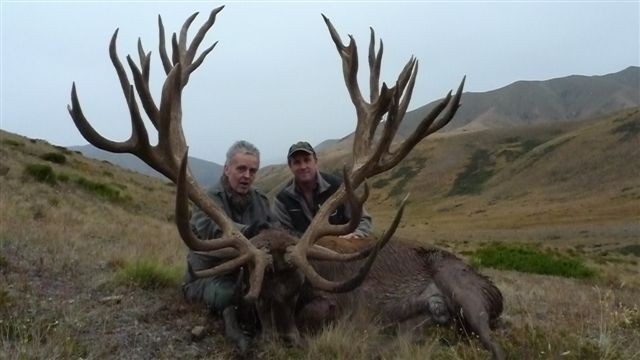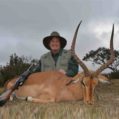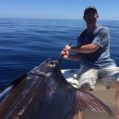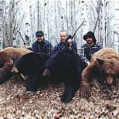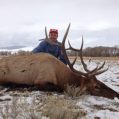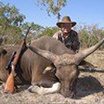By Bob Robb- Author
July 13, 2022
In September 2020, I booked a combo pronghorn/deer hunt with a well-known outfitter in western South Dakota. It’s a region loaded with game, plenty of pronghorn, lots of mule deer in the foothills, and tons of whitetails down near the lowland agriculture areas. The deer tag is actually two tags, allowing the harvest of an antlerless whitetail, and either a whitetail or mule deer buck.
Sounds great, right? The problem was the trip was scheduled for only 4 days of hunting. It was hot, so the plan was to sit in a blind overlooking water to begin with and hope to arrow the pronghorn in short order. But when we got to my blind before daylight on day one, it was discovered that a nasty windstorm, which blew through the area 2 days prior, had literally blown away the blind. So I ended up in a backup blind that produced nada. The first day was a bust. We reset a blind on the original spot, and at 2:30 p.m. on the second day I shot a decent-sized pronghorn buck.
Because early season whitetail hunting on fields is really an afternoon-only gig, we glassed muleys the morning of day three. Found a nice one, too, but we couldn’t put a successful stalk together. That evening I sat in a whitetail blind and saw many small bucks and does on the alfalfa, but didn’t have a shot. On day four, another client wanted to give muleys a go, so I sat in a blind in a transition zone for whitetails and never saw a deer. That evening I was back in the alfalfa field blind and saw only does and yearlings. My hunt was over. All told in camp, there were four hunters; three were hunting pronghorn (two punched their tags, the other man wounded a buck), and three were pursuing deer, going just one-for-three, with one man shooting a 2.5-year old whitetail.
Even on large western properties holding good numbers of mule deer and pronghorn, trying to kill both species during one hunt with archery gear is difficult, especially on a trip scheduled for only 4 or 5 days.
Over 4-plus decades of bowhunting big game around the world, I’ve learned some lessons.
One of the most poignant is that to be successful, bowhunters need time. The more days spent afield, the better the chances of getting a shot. A 4-day, single-species bowhunt is pushing it unless things are really dialed in — and the weather cooperates. Add another animal to the mix, and the degree of difficulty ratchets up exponentially. Here, I’m primarily talking about pronghorn, deer and elk, and bowhunts where you’re not necessarily going to shoot the first legal animal you see. During a combo hunt with little time (4 days = little time), there’s no margin for error (like missing ground blinds), missed shots, equipment failures, vehicle breakdowns, and the zillion-and-one other gremlins that can cost you precious hunting time. Also, for nonresidents, a significant consideration is the cost of licenses and tags. They’re spendy, and you hate to carry a pricy tag in your pocket that you have little chance of filling.
There are times when combination hunting makes sense, though. African plains game bowhunts come immediately to mind. You spend a lot of money on travel and the basic hunt package, so you plan a week or more to hunt, and there are tons of animals. You pay for the animals that you shoot, not buy licenses beforehand that you’ll eat if you don’t connect. In Texas, whitetail and exotic game hunts often include the opportunity to take as many wild hogs as you can at no extra cost.
Generally speaking, you need to think long and hard about booking an outfitted combination bowhunt. This is even true for rifle hunters. In the 1980s I was an associate editor for the leading hunting magazine in the country. Because of my job, I had the opportunity to take a lot of guided rifle hunts throughout the West. Even with guns, there were more times than not when the focus needed to be on the primary species, like elk. If you carried a mule deer tag in your pocket and happened to see a decent buck, fine and dandy, but you could never realistically expect to take both animals. In Alaska and western Canada, mountain hunters in grizzly country are often encouraged to carry a grizzly tag “just in case,” with the outfitter usually charging a trophy fee if a bear is taken incidentally.
Combo Hunt Suggestions
If you try to kill multiple big game animals on a single bowhunting trip, here are three suggestions:
- Decide which species is most important to you, and focus solely on it until the tag is punched. You also need to hunt areas where your primary species is abundant. If a bull elk is your primary goal and a muley buck secondary, it makes little sense to book the hunt in an area with lots of deer, but few elk.
- Take enough time. Outfitters today increasingly try to run hunts of relatively short duration, for obvious economic reasons. Bowhunters rarely have too much time. And make sure you know exactly how many actual hunting days you’ll have. Sometimes a 6-day hunt is really only 4 hunting days, with a day on each end devoted to arrival and departure.
- Before arriving in camp, have your equipment in shipshape, and make sure you’ve been shooting a lot so that when the times come, you can make the shot. Never count on getting more than one shot opportunity on your hunt.
I went against my better judgment in booking the aforementioned 4-day combo hunt. By the time I had the whitetail figured out, the clock had run out, and it was time to head home. That’s my bad.








